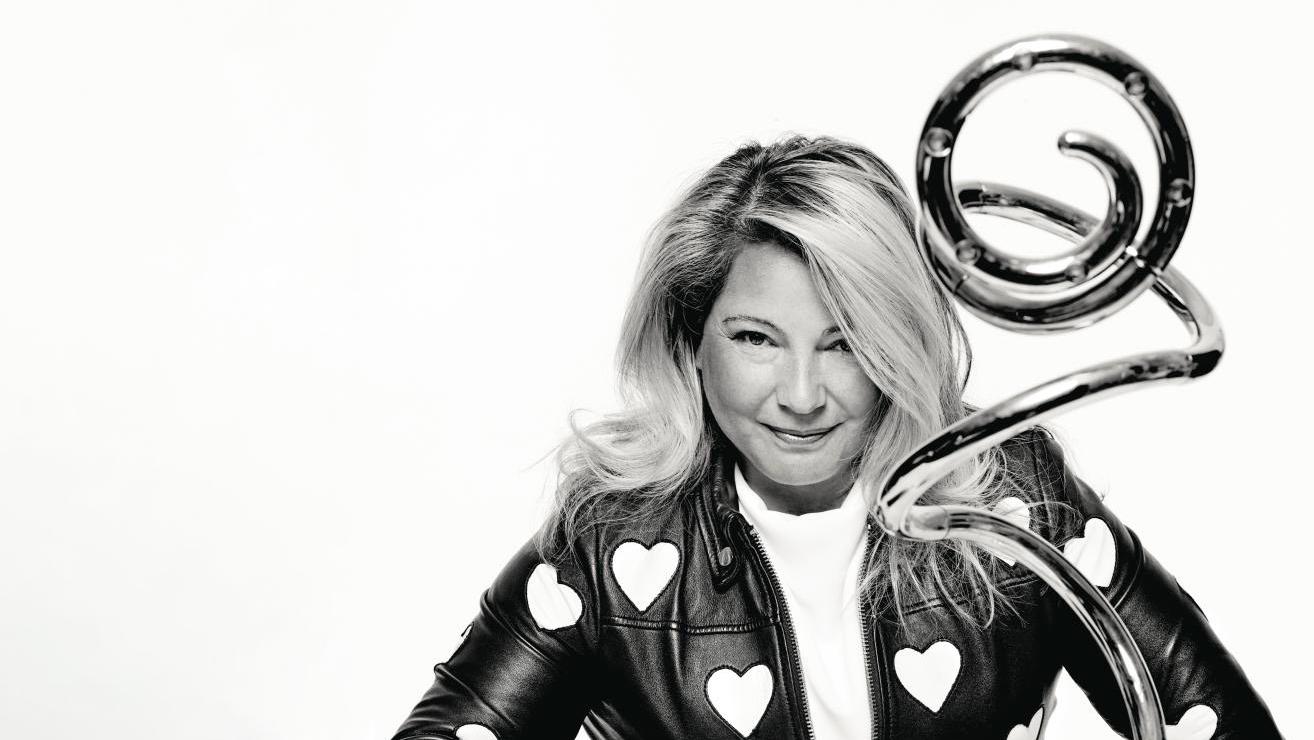A well-known advisor in the microcosm of contemporary art, Laurence Dreyfus celebrates the 20th edition of this key October event with a wealth of works by Olafur Eliasson, Saraceno, Claire Tabouret and Alice Grenier-Nebout at the Maison Pierre Cardin in Paris.
How did you get started in art? It all began with a love affair with a man who took me to museums, including that absolute must, the Centre Pompidou. I was also lucky enough to go to the US with my father, where I spent my time at MoMA and The Met, which were my havens. Then, I studied art history at the University of Paris I, which I combined with six months at the Sotheby's Institute of Art in London. What happened next? I was soon lucky enough to make contact with various artists. I knew Emmanuel Perrotin , then just starting out in his apartment, who introduced me to Damien Hirst. In London, I met Jay Joplin, founder of the White Cube gallery, and saw Damien Hirst's first exhibition at the ICA. Then in Paris, I met Fabrice Hyber, Daniel Buren, Chen Zhen, Chong Hak, Ange Leccia and several others. We became a band of friends! After that, I got a foothold in various galleries, particularly after my return from London as an intern at the Durand-Dessert Gallery, which I assisted during fairs. I saw Gerhard Richter’s second exhibition, with ten paintings, in Rue de Lappe. Only real enthusiasts wanted them! I also worked with…
com.dsi.gazette.Article : 39154
This article is for subscribers only
You still have 85% left to read.
